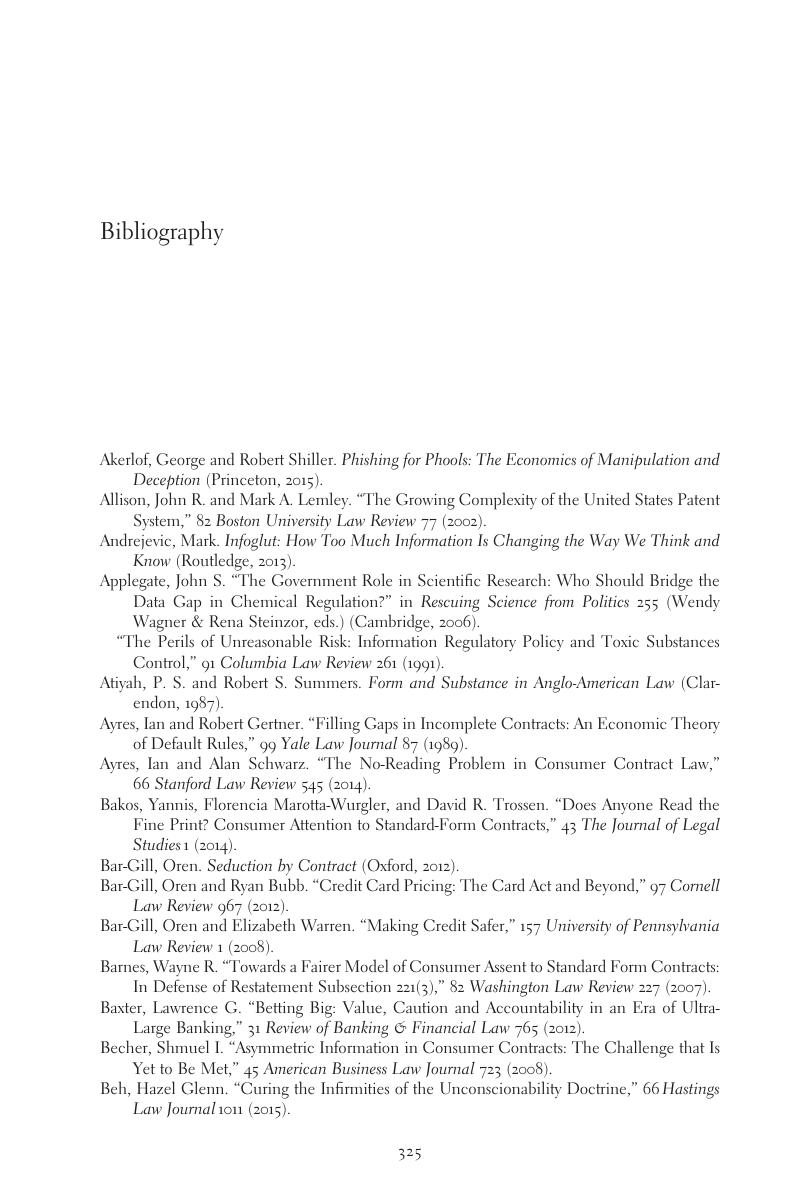 Incomprehensible!
Incomprehensible! Bibliography
Published online by Cambridge University Press: 21 June 2019
Summary

- Type
- Chapter
- Information
- Incomprehensible!A Study of How our Legal System Encourages Incomprehensibility, Why It Matters, and What We Can Do About It, pp. 325 - 336Publisher: Cambridge University PressPrint publication year: 2019
